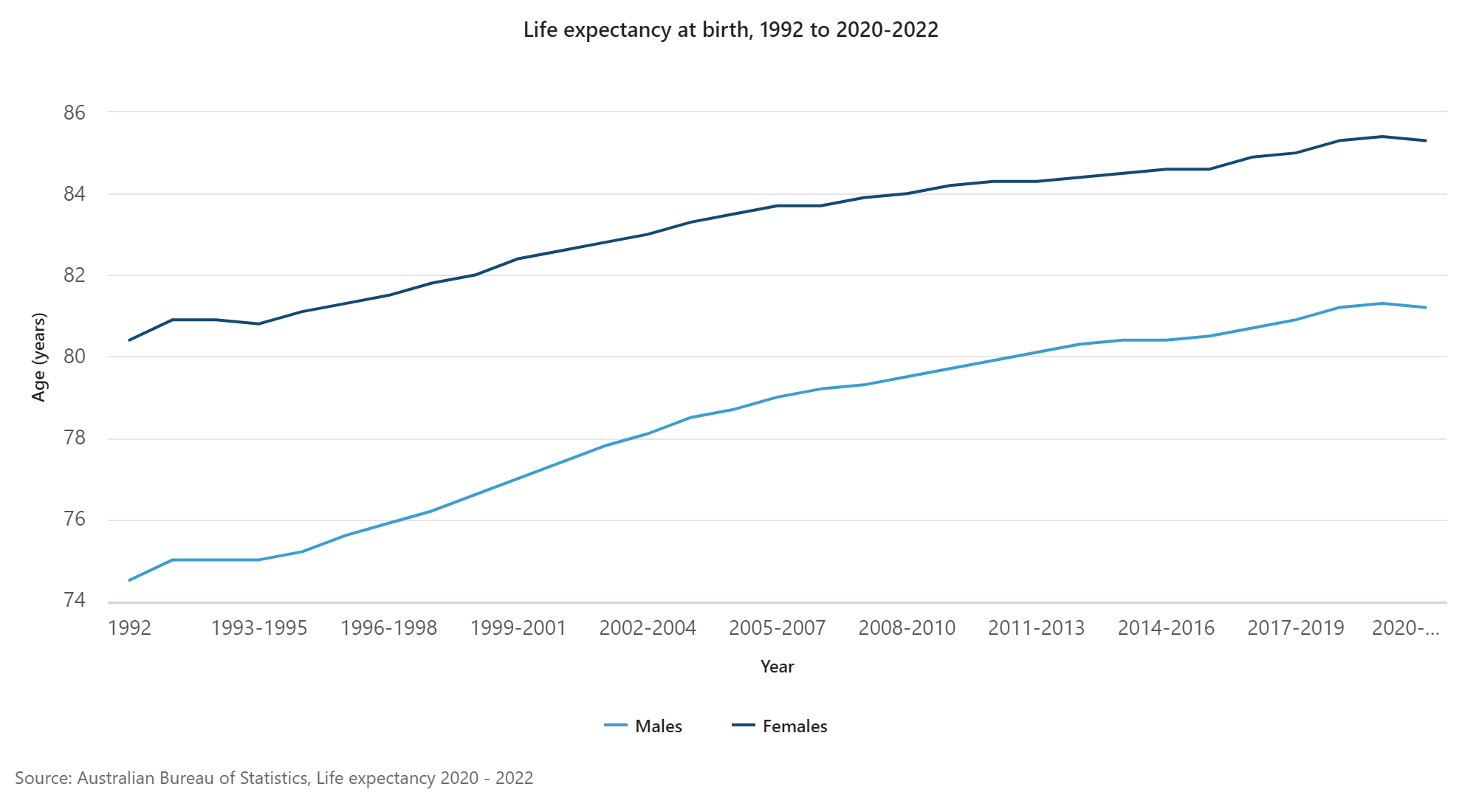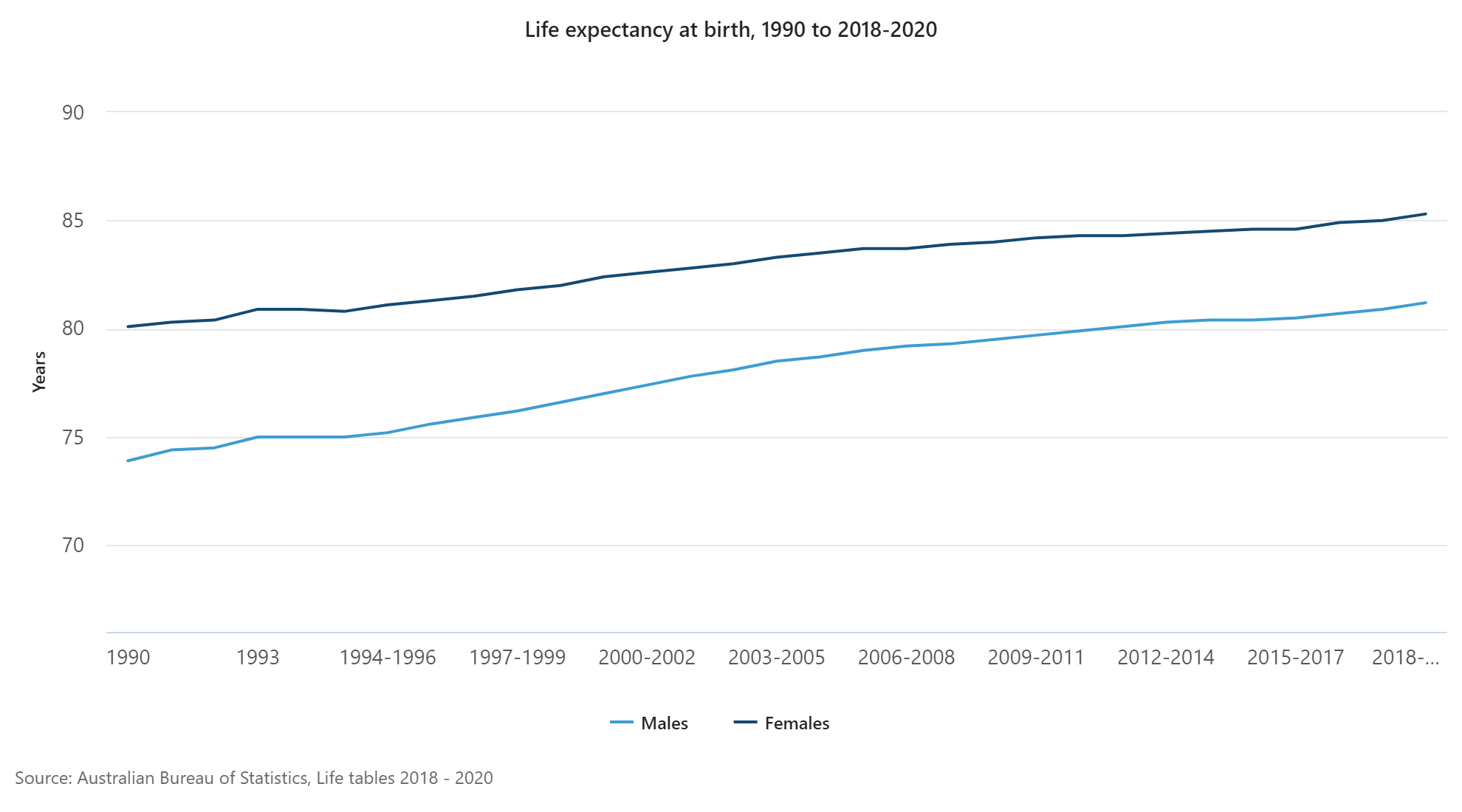Reality and perception. For more than 20 years, .id has been working to arm our clients and communities with clear, reliable and objective data to inform their decisions. But the other side of the coin is how communities feel about a place or an issue. In today’s post, Glenn wades into this conundrum, investigating the perception of crime against what subjective data can tell us.
Interested in “lived experience” data?
We’re currently working with our partners at Ipsos to explore methods for collecting consistent, benchmarked data about community perceptions of what makes somewhere a good place to live and how local areas perform against those measures. If you would like to be kept up-to-date as we explore this service to help local government understand community sentiment and improve service delivery, you can subscribe to updates here.
The Age recently published a very interesting article about perceptions of Crime, specifically in Victoria. This is based on the latest Ipsos issues monitor, which has just been released. Ipsos do an annual “Life in Australia” survey, which is subjective data, about how people rate their local area, and how their perceptions on key characteristics about liveability are changing. This is quite different to much of the objective data .id publish, and we are now working with Ipsos to provide reports to local government about how perceptions vary from reality on a range of issues.
The great thing about Ipsos data is that it’s generally on two dimensions. For each issue (eg. “Feeling safe”, “A prosperous economy”, “Good job prospects”) respondents are asked to rate the performance of issue for their area and the importance of that issue, in terms of what makes a place good to live in. “Feeling safe” (which has a strong correlation with perception of crime) consistently, and almost everywhere, comes up as the number one important attribute of an area. In the 2017 survey, 74% of Australians put this attribute in their top 5, and the average rating was 6.4 out of 10.
We have blogged about the Ipsos data before.
How does crime compare against other concerns?
The Ipsos issues monitor – which sparked this interest in the crime statistics – is run monthly at the national level (1,000 people), and quarterly for selected states. For the June survey, respondents were asked to rank the 3 most important issues facing Australia. The top 5 were:
- Cost of living: 32%
- Healthcare: 31%
- Environment: 26%
- Crime: 25%
- Economy: 25%
At the bottom of the list were Indigenous issues and Racism (both 5%).
What’s the picture in Victoria?
For Victoria (800 respondents), the April-June quarter came up with:
- Crime: 38% (down from 46% the previous quarter, but well up generally from figures recorded 5-6 years ago)
- Cost of living: 33%
- Housing: 28%
- Healthcare: 27%
- Transport: 24%
So crime is a concern for a lot more Victorians than other states. For NSW, crime didn’t make the top 5 (coming in at 18%) and in Qld it was 25% (ranked 4th). WA is also surveyed, and crime was the #1 issue there, only slightly less than Vic, at 36%.
We do have to be aware of sample size here – these aren’t huge surveys, but they well designed to give decent results. And the difference shown between NSW and Victoria is certainly statistically significant.
So if Victorians are so worried about crime the question is, ‘Why?’. The Age article goes through a few specific types of crime which are actually decreasing. Maybe it’s just media focus on crime?
How is crime measured?
There are two main ways of looking at crime statistics.
You can use recorded crime statistics from the Police. This has the advantage of meeting legal definitions, but the disadvantage that it will miss crime which is not reported, and perhaps exaggerate crime which is a current focus of the police.
Or you can survey the population to look at crime victimisation. This has an advantage of catching crimes which may not be reported – but it is more subjective, and relies on people’s perceptions, rather than using legal definitions of crime.
Looking at Recorded Crime – this is collected differently between states. Victoria has a Crime Statistics Office, which does annual reports on all recorded crime.
Their home page shows the last 10 years of data.
Although a per-capita rate of crime did peak in 2016, it has fallen since, and overall fluctuations in the last 10 years have not been huge.
How does crime differ across categories?
All crimes are not created equal. Many crimes are minor and don’t concern people.
About 60% of crimes in Victoria fall into the “Property and deception crime” category. While they may cause some concern, these are not generally the crimes that make headlines and get people worried (the exception probably being “Residential Aggravated Burglary” – and this one is on the rise). It’s the big-name crimes like Homicide, Assault, Rape and Sexual Assault which generally most concern people and lead to perceptions of a lack of safety. Combined, these make up about 15% of total crime, and this percentage has been pretty stable over time.
Homicide is the most headline grabbing. But there were only 215 of these in 2017-18, and you can’t even see that on a graph of total crime. Only 55 of them were actually classified as Murder, with others being Manslaughter, Attempted Murder and Driving Causing Death (none of them nice but they don’t sound as dramatic as murder). Basically your chances of getting murdered in Victoria (or just about anywhere in Australia and New Zealand) are incredibly low. A Homicide rate of 3.3 per 100,000 population in 2018 has declined over 10 years.
The numbers for Rape/Sexual assault are certainly higher, with 14,192 recorded in 2017-18 – a rate of 219 offences per 100,000 population. Up from 130 per 100,000 in 2009. There has been a lot more focus on reporting of these offences in the last decade, so this may not all be actual increase, but perhaps revealing crimes which were not reported before. This would need further investigation, but the focus and the stats do support perhaps a higher rate of concern here.
The rates of property crimes such as Burglary and Theft have consistently declined over the past 10 years, while drug offences are up over the last 10 years but stable over 5 years.
Conclusion
Recorded Crime doesn’t tell you everything – and can hide trends due to a particular police focus or lack of focus on particular areas. Nevertheless, there isn’t a clear trend in the data which could support an increase in the concern about crime in Victoria seen in the past 3 years. So this may be a related to a lag in response to a genuine increase in the crime rate in 2016, or could be purely a perception and reporting issue – if crime is reported on more in the media, more people are concerned.
It’s quite common for there to be this disconnect between actual data and people’s perceptions, and that’s why it’s important to understand both.









